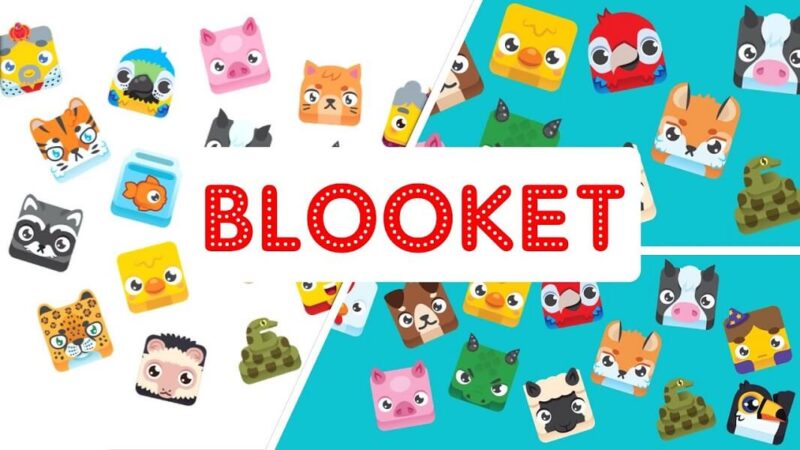Ignite Student Engagement with a Project-Based Learning Platform

Engagement is a critical factor in student success. Finding interest and meaning in their work can help students learn more efficiently, retain information better, and stay motivated throughout the learning process.
Educators constantly look for fresh ways to keep students engaged in course content. One practical approach is project-based learning—a hands-on method focused on relevance and real-world meaning.
Keep reading to learn more about this method and how you can use a project-based learning platform to engage and empower your students.
What is project-based learning?
Project-based learning (PBL) is a powerful educational approach that focuses on the process of learning rather than the subject matter.
The PBL model requires students to take ownership and actively engage in their learning. The goal is to develop crucial skills such as critical thinking, collaboration, and creativity.
This type of learning applies not only to STEM subjects but also to humanities, social sciences, and all other educational areas. By implementing this technique, you and your students will enjoy various benefits, including higher engagement and better information retention.
Project-based learning examples and benefits
Now, let’s go through a few examples of project-based learning and their respective benefits.
If your students are studying architecture, their activity could involve researching an infrastructure problem in their local area and devising a plan to solve it. They’d take steps such as interviewing community members, reviewing design guidelines, and creating an architectural model.
Through the project, learning becomes more fun and accessible—and relevant to each student’s interests—driving motivation and engagement. Students will also develop job-ready skills, including problem-solving, community outreach, and effective planning.
Another engaging example could involve journalism students investigating and reporting on a local news story, recording their report in a mock studio setting. This approach is more meaningful and relevant than writing a traditional essay, driving deeper interest and engagement.
Implement PBL activities via a project-based learning platform
If you’re looking for a simple way to implement project-based learning activities in your classroom, a dedicated platform like Practera is ideal.
Project-based learning platforms allow educators to manage every step of the PBL process, from planning activities to connecting with community leaders and reviewing student feedback.
We recommend choosing a highly customisable platform so you can create the perfect project-based learning experience for each student. Students with unique interests and learning styles will benefit hugely from personalised learning.
Some other platform tools you could find useful include in-built analytics, ultra-engaging gamification features, and detailed performance and progress tracking. These tools can help you understand each student individually and tailor projects to their needs and interests.
The future of project-based learning
Because of project-based learning’s ability to empower and connect students to the real world, its popularity is likely to grow in leaps and bounds as more learning institutions recognise its immense value.
So, if you’re looking for ways to keep your students engaged and involved, look no further! Give your students a head-start and prepare them for future success by investing in a project-based learning platform today.






